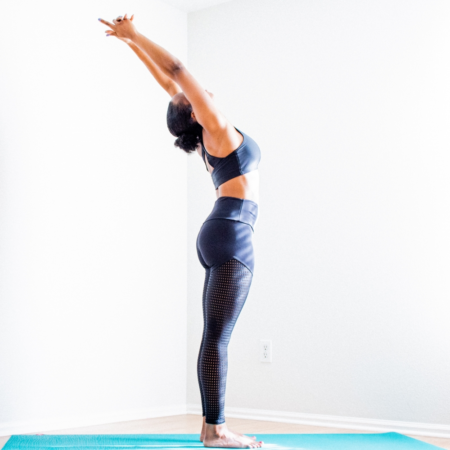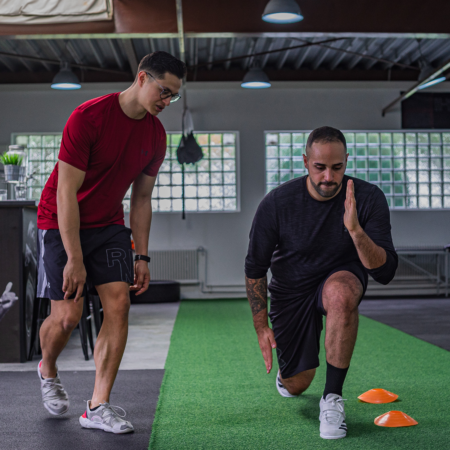Description
This is the second modules in a series for professionals working in fitness and wellness to improve movement and performance in their clients with a focus for Pilates instructors and other movement professionals
This is a part of the Comera Movement Science suite of Movement Science practitioner courses – blending functional anatomy, biomechanics and neuroscience research for improving healthy movement
The aim of the course is to help you understand:
• How you can use a movement observation framework to evaluate patterns of movement in any Pilates repertoire, exercise or functional movement
• How multiple muscles contribute to any one movement and how changes in patterns of muscle activation and coordination and will alter and optimise efficiency
• How to apply targeted retraining to improve movement efficiency, using adapted repertoire
• The principles and processes of Movement Training Strategies for:
1. Alignment and coordination
2. Control strengthening
3. Performance efficiency
This course will help you:
• Understand movement presentations in challenging clients and special populations
• Adapt movement patterns for long term change
• Tailor individual retraining programmes
• Explore the science behind movement and how we can interpret this
• Develop a unique Pilates practice and become a leader in the field
• Develop and improve expertise & specialism
• Get better results quicker
• Have happy clients enjoying a lifetime of healthy movement
Following this course, you will understand:
– Use a movement observation framework to evaluate patterns of movement (trunk) in any Pilates repertoire, exercise or functional movement
– Understand the contribution of muscle synergies of the trunk in different situations
– Read muscle synergy interactions of the trunk to evaluate movement efficiency in any task
– Apply targeted retraining to improve movement efficiency, using existing and new repertoire
– Apply sound movement science in your retraining
– Have tools at your fingertips to create or modify retraining strategies
– Enhance your skillset of verbal, visual & tactile cueing to change patterns of movement
– Upgrade your observation and movement retraining so you can: Understand patterns you see in clients with pain and recurrence of pain
– Understand how patterns influence execution of repertoire, influence performance and risk of injury
– Maintain and improve quality of life
– Deliver a client focused programme to achieve quicker and lasting results
• Module 1, Lesson 1: Introduction
• Module 2, Lesson 2: Physical Activity and Movement
• Module 2, Lesson 3: Dynamic Systems Theory and Movement Patterns
• Module 2, Lesson 4: The Health of Movement
• Module 3, Lesson 5: Muscle Action and Recruitment Patterns
• Module 3, Lesson 6: Synergistic Patterns
• Module 3, Lesson 7: Mismatch Functional Roles
• Module 4, Lesson 8: Movement Training Strategies






